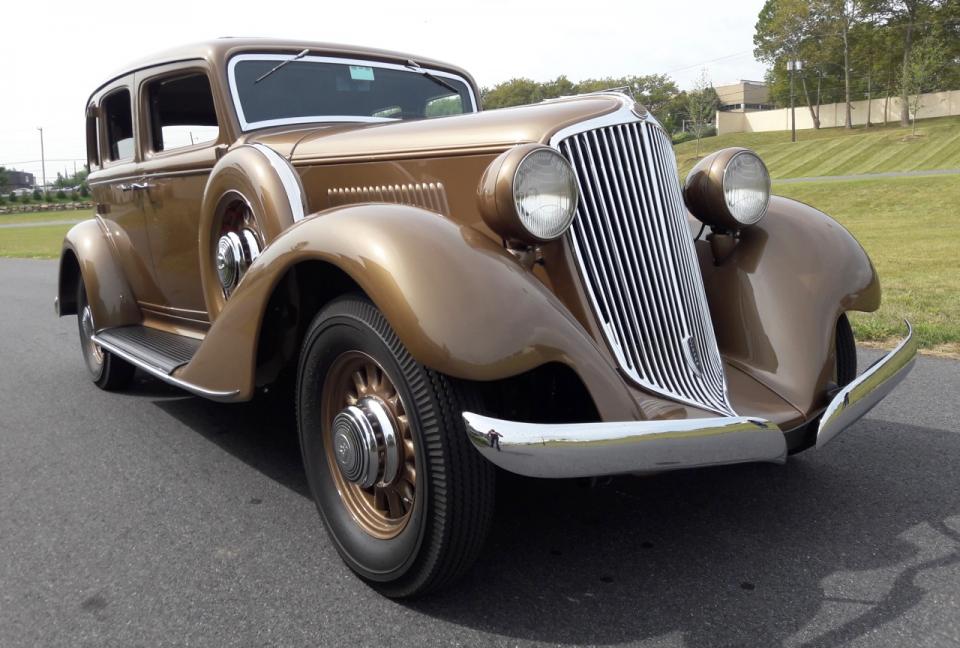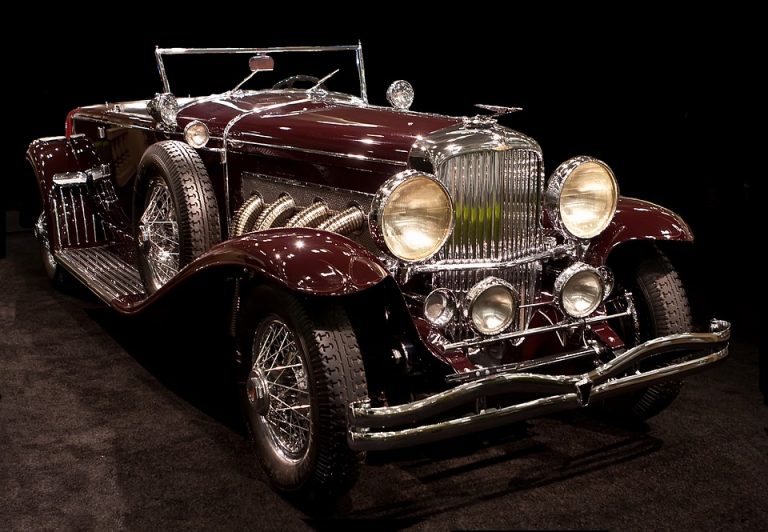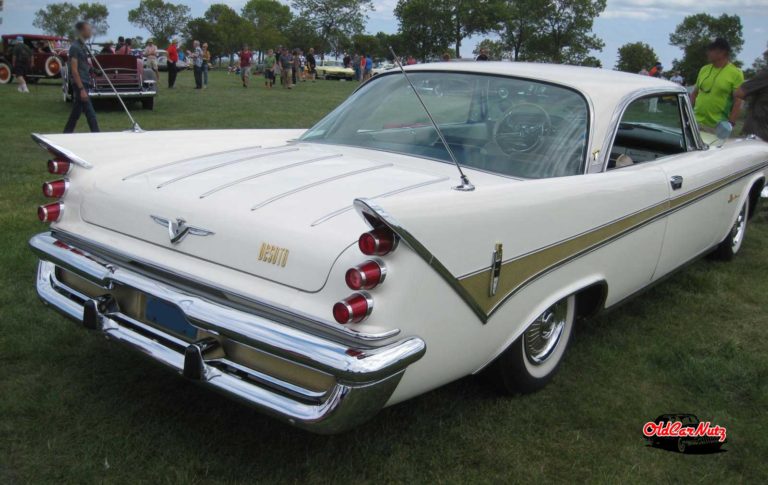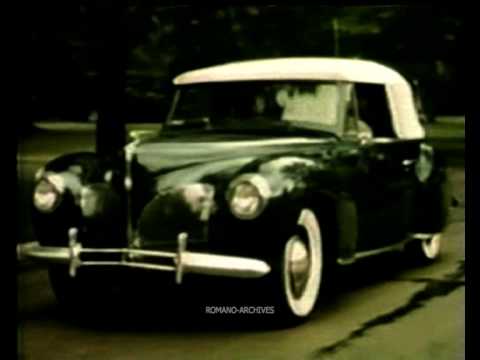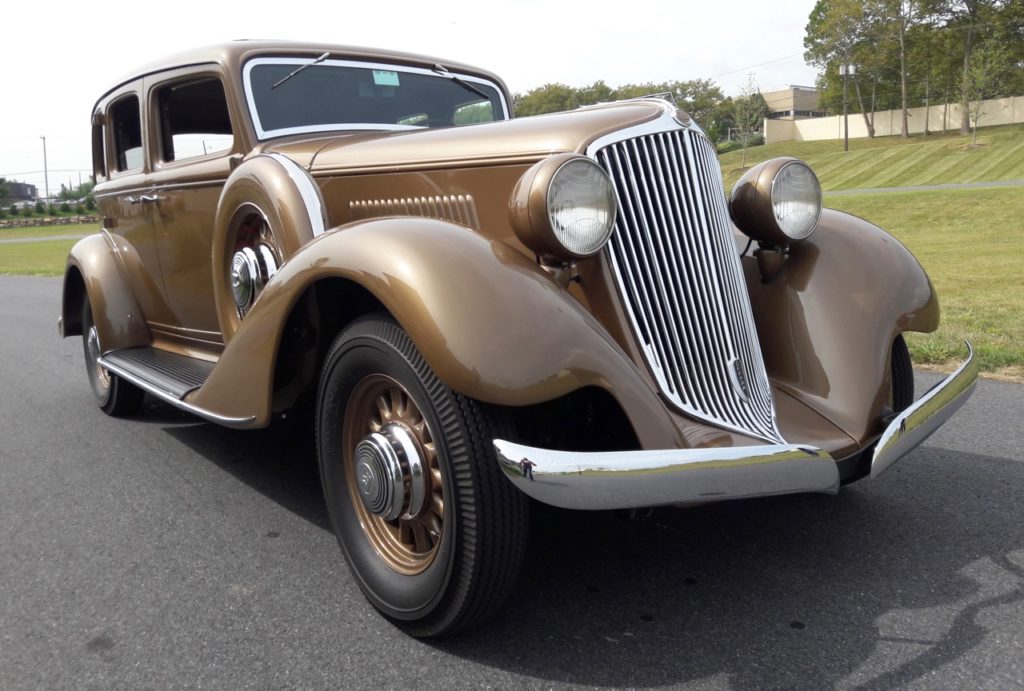
The Graham Blue Streak is an example of revolutionary style and manufacturing changes that took place in the early 1930’s. It’s intriguing and sleek design, along with appealing new features, make it one really sleek vehicle.
Designed by Amos Northup, the 1932 model was hailed as the “single most influential design in automotive history.” The new 8-cylinder engine was called the “Blue Streak.” However, the moniker was quickly adopted for the car itself.
The beautiful art deco design features included a number of innovative new ideas, including enclosed fenders, which covered the mud and grime built up on the underside. The radiator cap was also moved under the hood. The hood itself was later modified to cover the cowl, and end at the base of the windshield. Some models also sported a split front bumper.
From an engineering standpoint, the Blue Streak adopted a ‘banjo’ frame, eliminating the rear kickup on the chassis frame.
The rear axle was placed through large openings on both sides of the frame, using rubber snubbers to absorb any shock if the car axle should make contact. This change permitted a wider body.
To help lower the car, the rear leaf springs were mounted on the outer sides of the chassis frame and not under the frame, thus lowering the car by 3 inches, giving the Blue Streak more maneuverability and better handling. This idea was eventually copied by other manufacturers later on.
This video features an awesome 1933 Graham Streak with some intriguing, and dare I say, sexy touches.
Love the Blue Streak? You Might Like These
